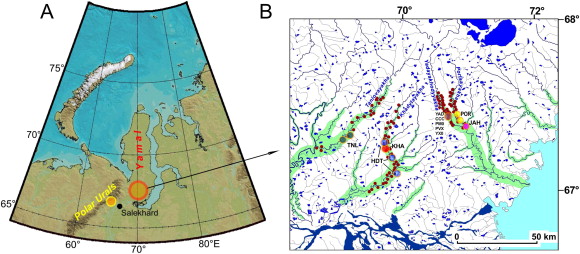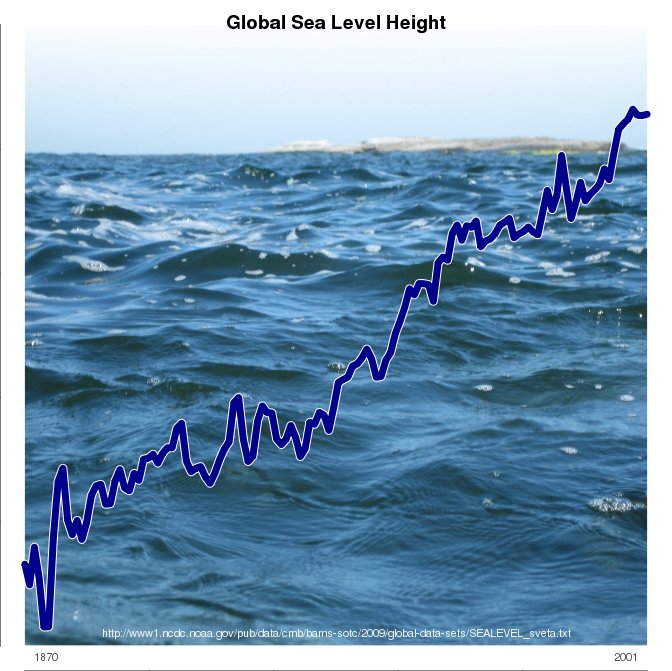This month’s open thread.
Since there are two main topics (Advocacy and Methane bombs) buzzing around the blogo-twitter-sphere this week, perhaps those are our starters for ten… (Feel free to populate the comments with links to various commentaries – we will chime in as we find time).


